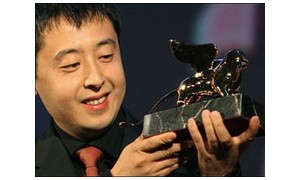长难句的三大特征
1. **多层修饰**:名词后可能叠加定语从句、介词短语等,例如‘The theory (that he proposed) (in 1995) (about cognitive development)’。 2. **结构倒装**:为强调或语法需求调整语序,如‘Not only does it...’ 3. **省略与指代**:常见‘it’, ‘this’等代词需结合上下文还原。
四步拆解法
① **定位主干**:先找主谓宾核心结构; ② **标记修饰**:用括号标出从句/短语; ③ **理清逻辑**:判断并列、转折等关系词; ④ **重组翻译**:按中文习惯调整语序。以真题例句分步演示。
高频句型突破
**with复合结构**:‘With the data collected, researchers concluded...’中‘collected’作后置定语; **It形式主语**:‘It is evident that...’真正主语是that从句; **否定前置**:‘Under no circumstances should we...’需注意倒装规则。
几个练习句子
Relative clauses are usually introduced by pronouns such as 'which' or 'that'.
定语从句通常用关系代词引导,如which或that。
Parenthetical elements are additional information, often set off by commas.
插入语是句子中的附加信息,前后常有逗号隔开。
Inverted sentences place the verb before the subject.
倒装句将谓语动词提到主语之前。
结论
长难句解析的关键在于‘化繁为简’:通过识别主干、分解修饰成分来降低理解难度。建议考生每日精析2-3句真题长难句,配合语法专项练习,2-3周即可显著提升处理效率。







